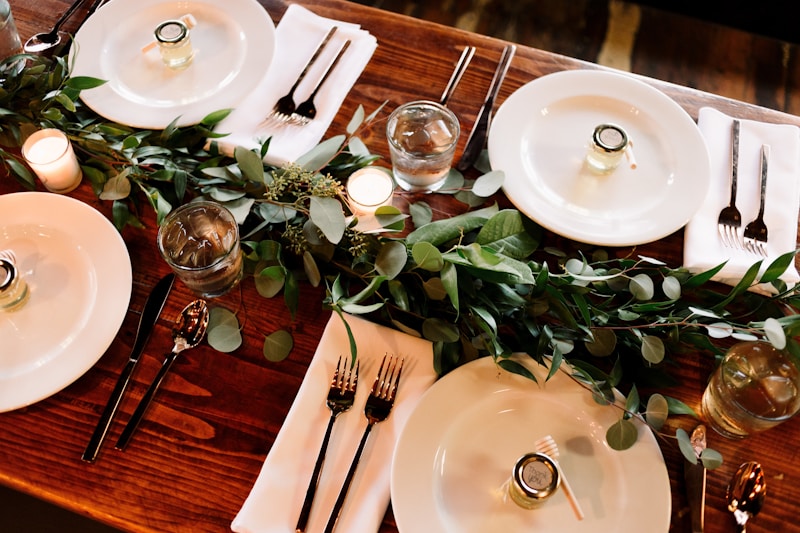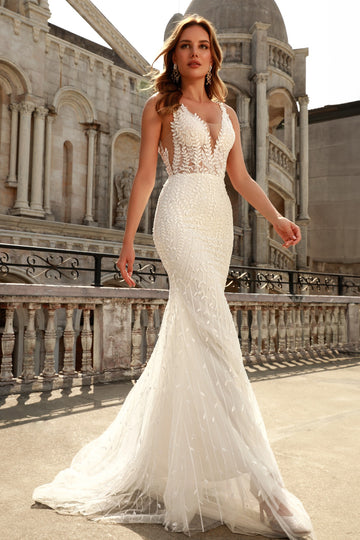Diversity in Wedding Dress Traditions: A Global Celebration of Love
Diversity in Wedding Dress Traditions: A Global Celebration of Love
Weddings are one of the most cherished events in a person's life, celebrated globally with unique customs and traditions that reflect cultural diversity. One of the most fascinating aspects of weddings is the variety of bridal attire that corresponds with different cultural heritage. In this article, we will explore the rich tapestry of diversity in wedding dress traditions across the world, highlighting key customs, designs, and the significance of these garments.
The Global Landscape of Wedding Dress Traditions
Wedding dress traditions vary significantly from one culture to another, influenced by history, religion, geography, and societal norms. Let's take a closer look at some of the prominent variations:
| Region | Traditional Dress | Key Elements |
| Western Cultures | White Bridal Gown | Symbolizes purity and innocence, often adorned with lace and embroidery. |
| India | Lehenga or Saree | Vibrant colors, intricate patterns, heavy embroidery, often worn with bangles and jewelry. |
| China | Qipao or Red Dress | Symbolizes good fortune and happiness, often features gold embroidery and traditional designs. |
| Japan | Shiro-Muku or Kakeshita | White kimono representing purity, commonly worn with a red obi. |
| Africa | Kanga or Traditional Attire | Colors and patterns signify specific meanings, often accompanied by headscarves. |
Western Cultures: The Iconic White Wedding Dress
In many Western cultures, the tradition of wearing a white wedding dress can be traced back to Queen Victoria, who famously wore a white gown for her wedding to Prince Albert in 1840. This choice was revolutionary at the time, as brides typically wore their best dresses, which were often colored, to signify wealth. Today, the white wedding dress symbolizes purity, innocence, and new beginnings. The designs vary widely, from classic A-line silhouettes to modern mermaid styles, reflecting the bride's personal taste.

East Asian Traditions: The Elegance of the Qipao
In China, the Qipao, also known as Cheongsam, is a popular choice for brides. Traditionally made of silk and adorned with elaborate embroidery, this dress is form-fitting and often features a high collar and side slits. The color red is particularly significant as it symbolizes good fortune and happiness in Chinese culture. Many brides also wear a white dress for the formal ceremony, reflecting the blending of traditions.
South Asia: The Vibrant Lehenga
In India and neighboring countries, brides often wear a Lehenga or Saree, characterized by bright colors, exquisite embroidery, and stunning embellishments. These garments are typically made from luxurious fabrics like silk or brocade and are often accompanied by an array of traditional jewelry, including bangles, earrings, and nose rings. Red and gold are dominant colors chosen by many brides, representing marital bliss and prosperity.
The Significance of Cultural Symbols
Wedding dresses are more than just garments; they carry deep cultural significance. Each region’s bridal attire often incorporates symbolic elements that speak to the values, beliefs, and stories of the culture. For example, many African tribes wear Kanga or traditional garments adorned with colors and patterns that represent various cultural narratives. The Maasai bridal attire, for instance, features vibrant colors and beads, with specific motifs conveying messages of love and honor.
Conclusion: Celebrating Diversity in Wedding Dress Traditions
The diversity in wedding dress traditions not only highlights the uniqueness of different cultures but also showcases the common thread of love and commitment that unites us all. As society becomes more globalized, many brides now choose to incorporate elements from different cultures into their wedding attire, celebrating the merging of traditions and fostering inclusivity.
In conclusion, the diversity in wedding dress traditions is a beautiful testament to the richness of our global heritage. When planning a wedding, consider exploring various cultural influences that resonate personally. Remember that the beauty of your wedding attire lies not only in its design but also in the stories and traditions it represents. Embrace the variety, honor the customs, and let your wedding dress tell a story of love that transcends cultural boundaries.
Key Takeaways:
- Understanding the significance of cultural elements in wedding attire enriches the wedding experience.
- Consider merging different cultural influences to create a unique and meaningful look.
- Celebrate love in its many forms, respecting and honoring diverse traditions.
